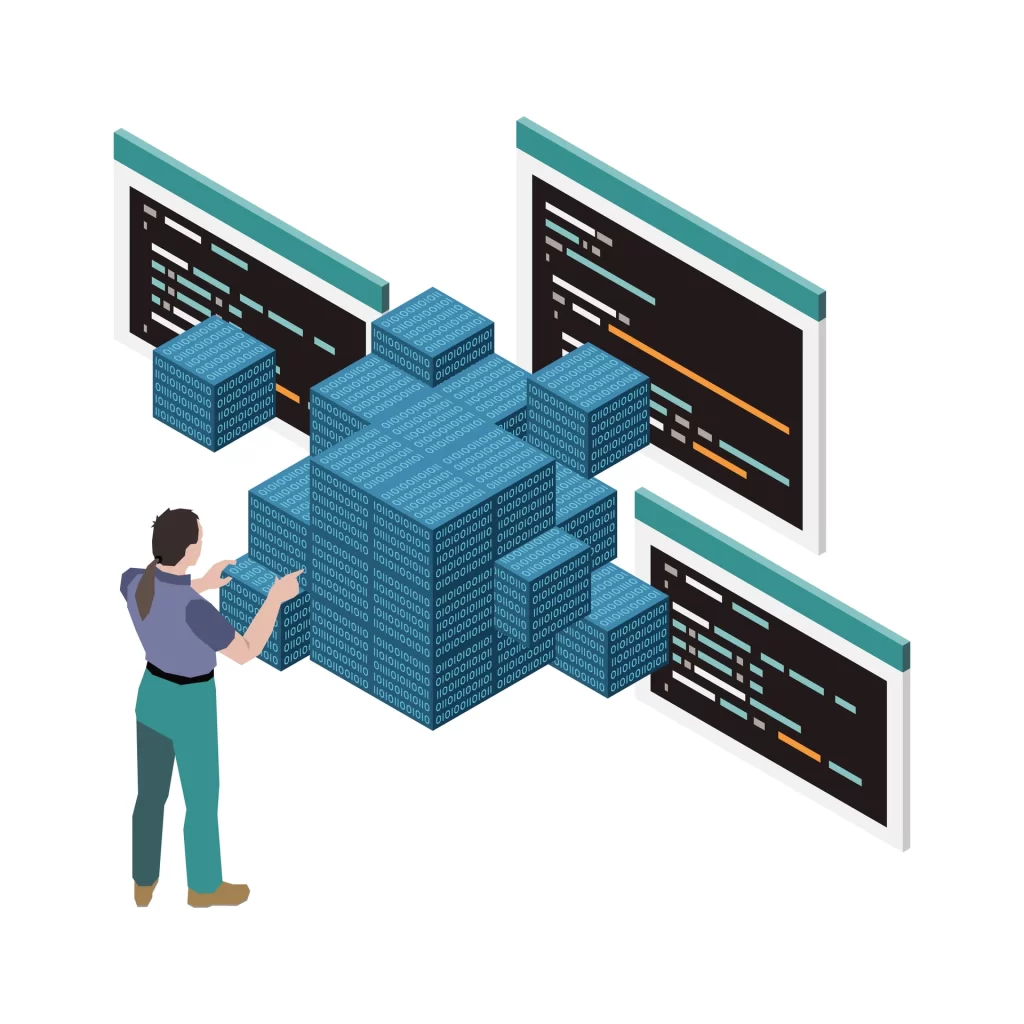Design solutions that consider scalability with the growth of the organization and accommodate future technological advancements. Digital transformation initiatives aim to future-proof businesses, but achieving truly scalable and sustainable growth requires forethought and strategic planning. Evaluating current processes, anticipating challenges, and remaining flexible will allow companies to build expansive yet resilient digital ecosystems. This empowers businesses to harness innovation and efficiently scale operations without compromising quality or agility.
Audit Existing Systems and Processes
Begin by identifying pain points in current systems and projected capacity limitations. Seek input from all stakeholders and audit technical architecture to locate bottlenecks. Simple fixes like boosting server capacity may provide short-term relief but overlook larger issues. Carefully assess what foundational changes are needed for smoother expansion later on.

Build Modular, Cloud-Based Systems
Adopt modular designs that allow individual components to be improved or swapped without rebuilding entire platforms. Prioritize cloud-based software, open APIs, and microservices to construct more dynamic and flexible digital environments. Support IoT connectivity and allow easy integration with complementary solutions. Build with enterprise-level security and compliance to support regulated or global business needs.
Automate for Efficiency and Scalability
Automation and artificial intelligence can power self-optimizing systems that instantly respond to changes in demand. AI empowers applications to self-monitor, alert teams to problems, and continuously improve performance. This magnifies the capabilities of IT teams for smarter maintenance. Explore robotic process automation (RPA) to cost-effectively scale repetitive back-end tasks.

Focus on Data Governance and Management
Establish strong data governance and management early on. Quality data fuels impactful analytics and personalization that boosts customer experiences. Detailed yet extensible data schemas make it simpler to add capabilities like machine learning down the line without needing to overhaul databases.
Adopt Scalability in Cloud Platforms
Adopting cloud platforms and SaaS models provides inherent scalability, reducing reliance on on-premise servers. Multi-cloud or hybrid approaches prevent vendor lock-in and distribute resources. Implementing modular microservices and APIs allow piecing together best-of-breed solutions. Containers and orchestration platforms like Kubernetes facilitate deploying and networking microservices at enterprise scale.

Test and Monitor Systems Proactively
Proactive monitoring and load testing reveals provisioning needs before bottlenecks form. Gradually ramp up pressure on systems while monitoring for weak points. This highlights capacity thresholds and stability issues to address. Extensive logging and metrics provide visibility for proactive fine-tuning.
Embrace Continuous Improvement
Foster a culture of iteration and continuous improvement. Regularly re-evaluate processes to align with evolving needs and technologies. Solicit user feedback and observe usage patterns to pinpoint issues. DevOps practices speed responding to demands by unifying development and operations teams.
Plan for Traffic Scalability
Anticipate surges in traffic from promotions or seasonal peaks. On-demand scaling options like cloud bursting allocates extra resources to handle spikes dynamically. Strategic redundancy and failover planning prevents downtime.
Capacity limits often get overlooked when initiatives focus narrowly on immediate goals. Holistic digital transformation requires scalable frameworks that accommodate future ambitions. Building in modularity, automation, and flexibility will allow organizations to sustainably evolve and capture opportunities ahead.
Join me in the conversation about digital transformation or other technology leadership topics. Follow me on Twitter/X or subscribe to get my articles via Medium. If you would like to reach out and see how can I help your organization, please feel free to contact me.